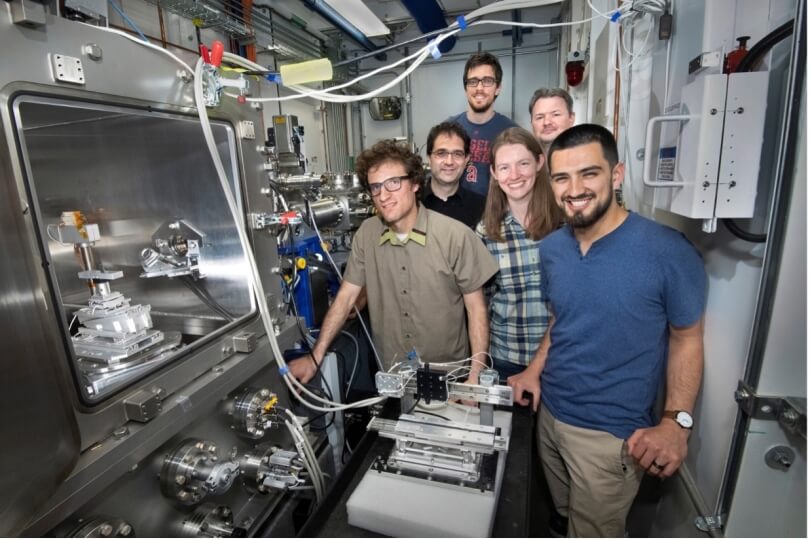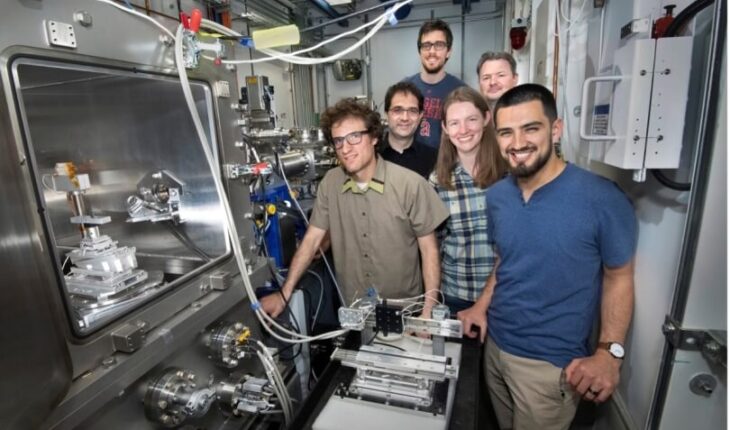Ivy League researchers join forces with Lawerence Livermore and Brookhaven to develop a playbook for alignment and actuation in LCEs.

Liquid crystal elastomers (LCEs) are soft, muscle-like materials that chape shape in response to changes in temperature, with potential applications ranging from medicine to mechanical dampening. Tuning these soft motors requires adjustments to the 3D printing process that produces them, including changing LCE ink composition, nozzle geometry and other printing parameters.
Until now, such tuning has largely been a matter of trial-and-error, but a joint study by engineers from Harvard University, Princeton University, Lawrence Livermore National Laboratory and Brookhaven National Laboratory has produced a playbook that can help engineers program the alignment and actuation of 3D printed LCEs. Using X-ray characterization during the printing process enabled the researchers to quantify LCE alignment at the microscale, forming the basis for a framework to guide their design and fabrication in the future.
“When this project began, we simply didn’t have a good understanding of how to precisely control liquid crystal alignment during extrusion-based 3D printing,” explained Rodrigo Telles in a Harvard press release. “Yet it is their degree of alignment that gives rise to varying amounts of actuation and contraction when heated.” Telles is a graduate student in the John A. Paulson School of Engineering and Applied Sciences and first author on the published research.
Telles and his colleagues used different nozzle shapes – tapered and hyperbolic – to study how the ink’s flow contributed to the LCE’s molecular alignment. By varying extrusion speed and nozzle shape, they were able to create two types of filaments: one with an outer layer of well-aligned molecules surrounding a poorly aligned core, and another with uniform alignment throughout.
“In the 3D printing community, most of us use a relatively small number of commercially available printheads. This study showed us that it’s important to pay attention to the details of both nozzle geometry and flow – and that we can exploit them to control material properties,” said assistant professor Emily Davidson in the same release. Davidson is a former Harvard graduate student now working at Princeton.
The team worked with researchers at a wide-angle X-ray scattering beamline Brookhaven National Laboratory to take detailed X-ray measurements during 3D printing. This method allowed them to look inside the nozzles to visualize LCE alignment using different nozzle geometries and flow conditions. The X-ray measurements helped them determine the precise degree of alignment of the liquid crystalline molecules at any given position within the nozzles, providing a road map for their flow-induced alignment that is linked to tunable nozzle designs and printing parameters. Among their results was that a nozzle with a hyperbolic shape created better and more uniform alignment than conventional nozzles.
“The ability to ‘see’ into liquid crystal elastomers and quantify their alignment at the microscale during printing via wide angle X-ray scattering measurements has provided a fundamental framework of their processing-structure-property relationships for the first time,” said professor Jennifer Lewis of Harvard, the study’s senior author.
The research is published in the Proceedings of the National Academy of Sciences.





